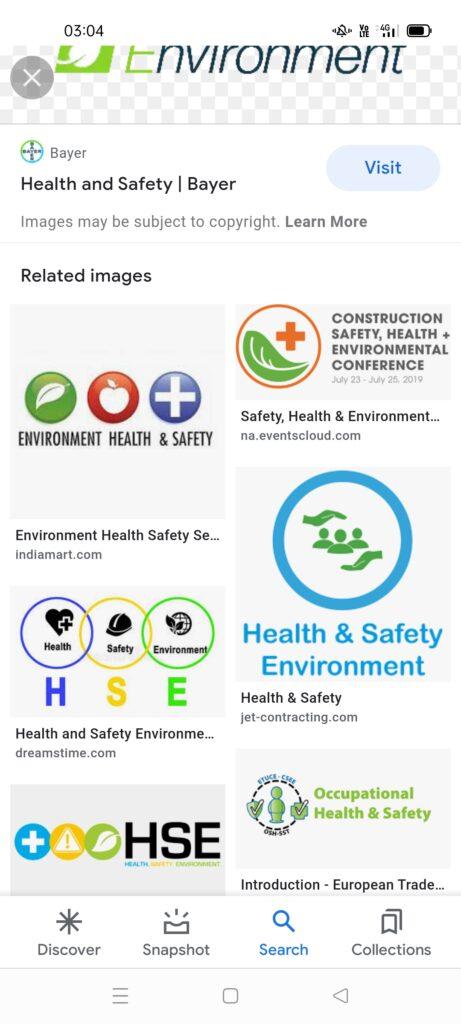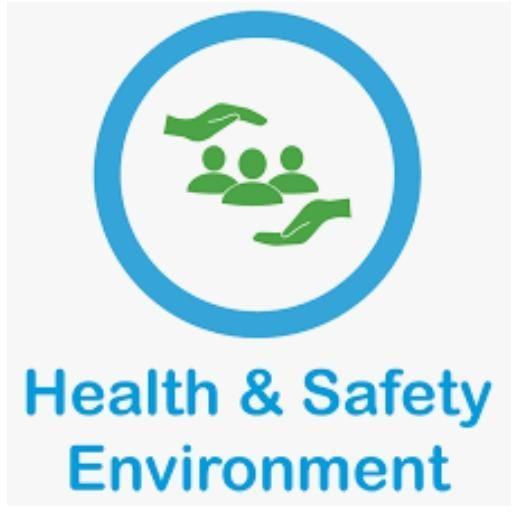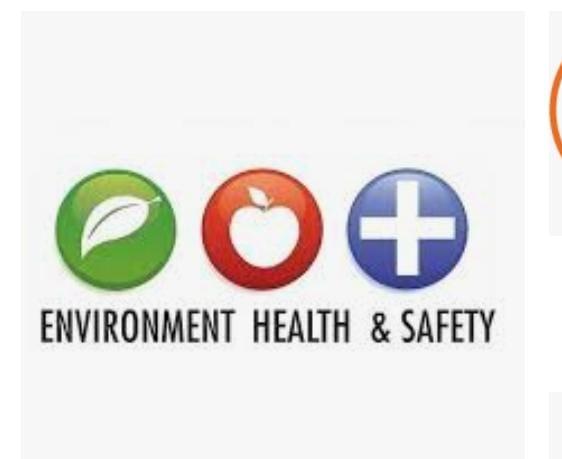What are the environmental health and safety guidelines?
The Environmental, Health, and Safety (EHS) Guidelines are technical reference documents with general and industry-specific examples of Good International Industry Practice (GIIP), as defined in IFC’s Performance Standard
3: Resource Efficiency and Pollution Prevention.
What is health safety and environment in workplace? The Occupational Health and Safety Act, 1993, requires the employer to bring about and maintain, as far as reasonably practicable, a work environment that is safe and without risk to the health of the workers.
What is health safety and environment management?
Health & Safety Management System – the proven method of reducing risk, improving productivity. … Certification to an International Occupational Health and Safety standard demonstrates that an organization has considered how they will identify, manage and control health and safety risks.
What is the importance of health safety and environment?
EHS is important because it protects employees
The laws in different countries vary, but the basic principle is the same: employee safety and employer responsibility to keep employees safe at work. EHS Policies are an Important Part of Corporate Responsibility.
What is the ISO standard for EHS?In 2018, the International Standards Organization (ISO) established a new standard for Occupational Health and Safety. EH&S adopted the new standard in 2018 and is registered to the standard.
Safety, health and environment
guidelines Objectives : –At the end of this lesson you shall be able to • state safety, health and environment guidelines. • state various section provided in factories act, 1948 on occupational safety and health. Safety, Health and Environment guidelines as per Rules & requlations followed in india are listed as follows:
- The Enivironment (Protection) Act, 1986 2 The Environment (Protection) Rules, 1986 3 Enivironmental Impact Assessment of Development Projects 1994 4 The Prevention and control of pollution (uniform consent procedure) Rules,1999 5 Manufacture, Storage and Import of Hazardous chemicals Rules, 1989 6 Manufacture, Storage and Import of Hazardous chemical (Amendment ) Rules, 2000 7 Hazardous Wastes (Management and Handling) Rules, 1989 8 Bio-Medical Waste (Management and Handling) Rules, 1998 9 Batteries (Management & Handling ) Rules, 2000 10 Ozone Depleting Substances (Regulation) Rules, 2000 11 The Air (Prevention and Control of Pollution) Act, 1981 as amended by Amendment Act, 1987 12 The Air (Prevention and Control of Pollution) Act, 1982 13 The Air (Prevention and Control of Pollution) Rules, 1982 14 The Tamil Nadu Air (Prevention and Control of Pollution) Rules, 1983 15 Noise Pollution (Regulation and Control) Rules, 2000 16 The Water (Prevention and Control of Pollution) Act, 1974 as amended in 1978 & 1988 17 The Tamil Nadu Water (Prevention and Control of Pollution) Rules,1983 18 The Water (Prevention and Control of Pollution) Cess Act, 1977 as amended by Amendment Act, 1991. 19 The Water (Prevention and Control of Pollution) Cess Rules, 1978 20 Factories Act, 1948 21 Tamilnadu Factories Rules, 1950 22 The Gas Cylinders Rules, 1981 23 The Indian Electricity Act, 1910 24 The Indian Electricity Rules, 1956 25 The Petroleum Act, 1934 26 The Petroleum Rules,1976 27 The Public Liability Insurance Act, 1991 28 The Public Libility Insurance Rules, 1991 29 Hazardous Wastes (Management and Handling) Rules,2000 Poor working conditions affect a worker’s health and safety. Unsafe or unhealthy working conditions are not eliminated to industries and can be anywhere. Whether inside or outside, the workshop workers may face many health and safety hazards. It also affects the environment of the workers. Occupational hazards have harmful effects on workers, their families, and other people in the community, as well as on the physical environment around the workplace. The provisions made in as applicable to the Factories Act, 1948 (Act No.63 of 1948), as amended by the Factories (Amendment) Act, 1987 (Act 20 of 1987) are as follows: Occupational safety and health various sections provided in factories act, 1948 are under the following headings: • Fencing of machinery • Work on or near machinery in motion • Employment of young persons on dangerous machines • Striking gear and devices for cutting off power • Self-acting machines • Casing of new machinery • Prohibition of employment of women and children near cotton-openers • Hoist and lifts • Lifting machines, chains, ropes and lifting tackles • Revolving machinery • Pressure plant • Floors, stairs and means of access • Excessive weights • Protection of eyes • Precautions against dangerous fumes, gases, etc.



